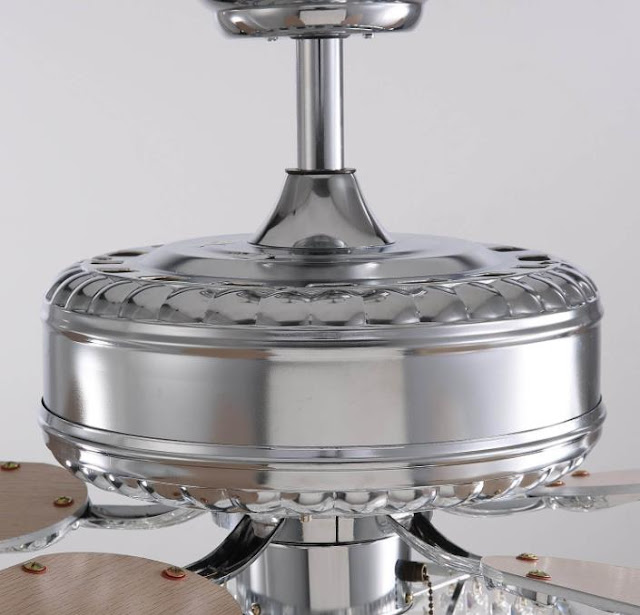Why Does The Ceiling Fan Make Noise?
Introduction
Check the fan blades
Tighten the screws that hold the blades in place
The most likely cause of a high-pitched squeaking noise is that the fan is not properly balanced. This can be corrected by tightening the screws that hold the blades in place and/or loosening the ones that hold the blade holders in place. If you have never installed a ceiling fan before, hire an installer to do this for you. Also make sure your fan runs smoothly before making any adjustments; if it's not spinning like it should, check out our guide on how to fix an unbalanced ceiling fanCheck the blade holders
If you hear grinding noises from your ceiling fan, it could be that one or more of your motor bearings has worn down and needs to be replaced. When a bearing goes bad, it causes metal-on-metal contact between parts inside of your fan which creates noise
Reset the ball bearings
Ball bearings are used to support the fan blades. They can become loose or broken, which will cause a buzzing noise. If your ceiling fan is making a wobbly sound that increases in volume as you turn it on, this could be because of loose ball bearings. To reset them, follow these steps:- Turn off the power to your ceiling fan at the breaker box and let it cool down for 15 minutes before proceeding with this task.
- Remove all screws from around the globe (located at the top of your fan). This will allow you to remove the globe from its mountings so you can access its inner workings better. You may have to use pliers if some of these screws are stuck in tight spots or have been painted over; just make sure not to damage any wiring or components inside of them when doing so!
- Once everything has been removed properly, inspect each individual part carefully looking for anything out-of-place such as missing parts or damaged items like gears or pulleys (these are usually made out metal). If something seems wrong then replace/repair it using some new pieces found online after doing some research into what they look like exactly before trying again since they can vary depending on model type etcetera...
Tighten the blade holders
- Tighten the blade holders
- Check for loose screws, if there is any
- Replace worn out parts
Replace worn out parts
If the motor makes a lot of noise, it may be worn out and need to be replaced. You can determine if your ceiling fan's motor is bad by feeling for vibrations when you hold onto it or by listening for sounds that indicate a problem.If your ceiling fan does not turn on, check to see if there is a breaker or fuse tripped in the electrical box at the bottom of your house where all of your circuits are connected. If this is not the issue, then there may be something wrong with either your wiring, switch or starter kit (if applicable).
Check for loose screws
Loose screws can cause a ceiling fan to vibrate and make noise.- Check the screws that hold the motor in place. If they're loose, tighten them with an Allen wrench or screwdriver.
- Check the screws that hold the blade holders in place. If they're loose, tighten them with an Allen wrench or screwdriver
If your ceiling fan is generating a noise that doesn't seem to come from these culprits, it could be a loose motor mount screw
To fix this problem:
- Remove any blades from below if you have any on there.
- Unscrew each of the four bolts holding up your fan using a wrench or socket set (if you don't have one handy, try using pliers). Once all four are removed, carefully lift off the housing containing all of their inner workings (this may require some effort).
- Check for any loose screws inside with your hand first; if you find one that seems out of place then tighten it back down gently with two hands - one holding down where needed and another grasping onto whatever tool fits best so no damage occurs during tightening process! Also remember not too go too hard since those things were designed specifically for tightness (unlike what some might think).
Tightening screws and replacing broken parts can help with many ceiling fan noises
- Check the fan blades to see if they are uneven, which can cause rattling noises.
- If there are any loose screws in your ceiling fan, fix them right away by tightening the screw or removing it completely and replacing it with a new one.
- If there are any worn out parts in your ceiling fan like worn-out bearings or blade holders, replace them as soon as possible before they break completely!







Comments
Post a Comment